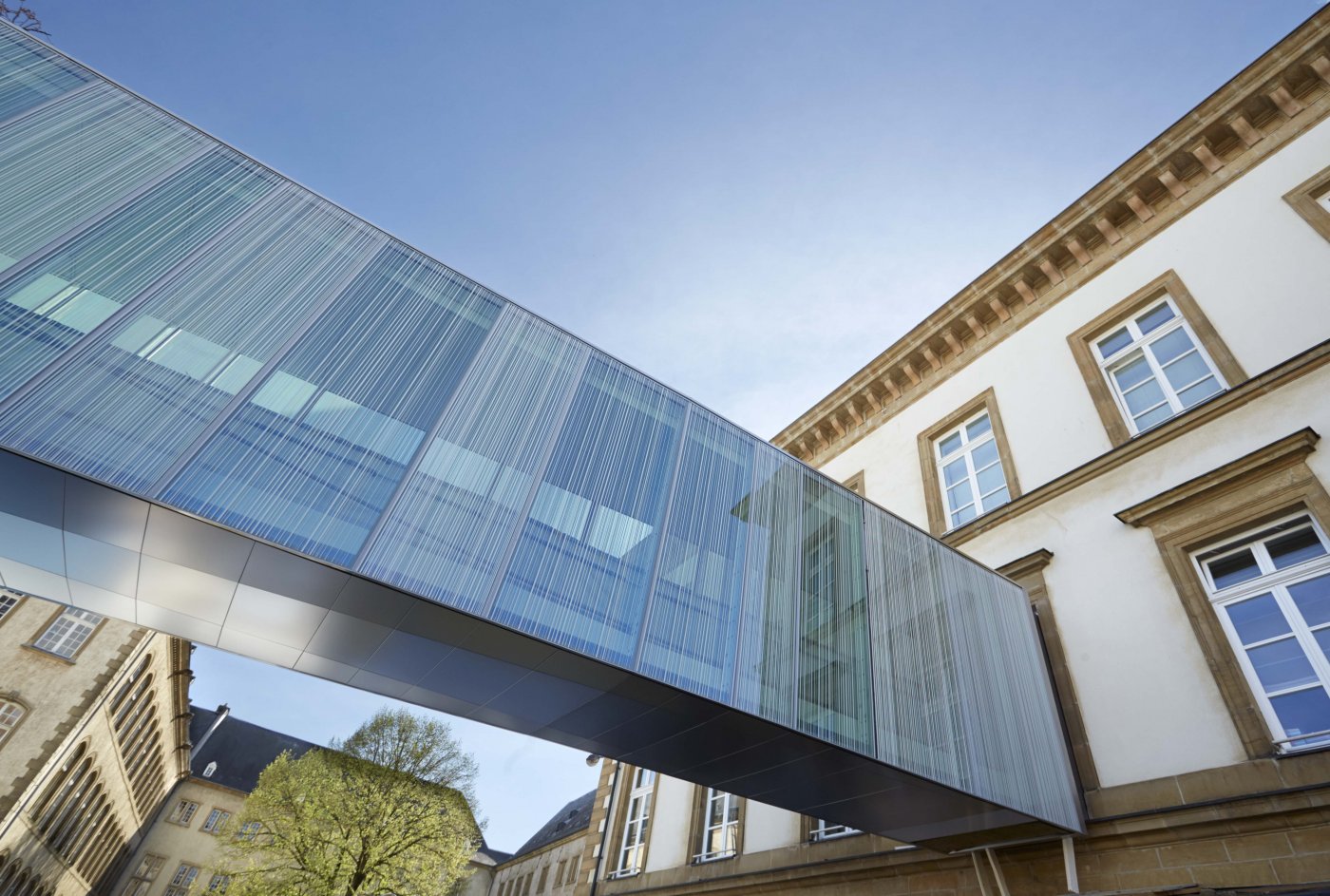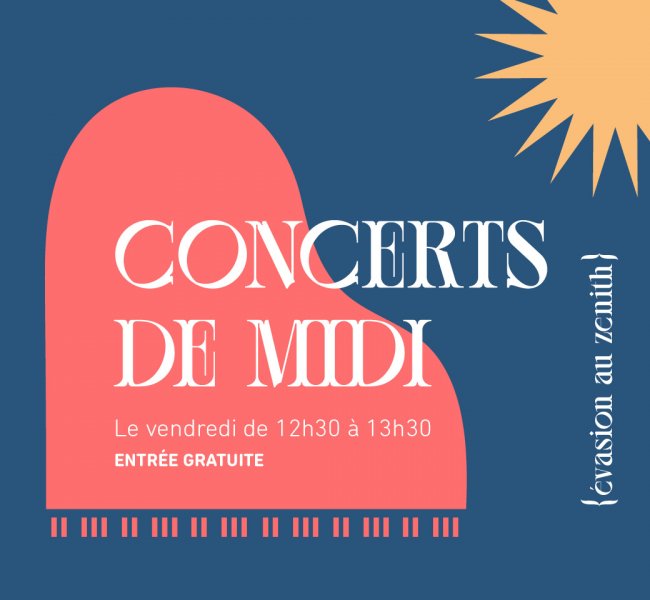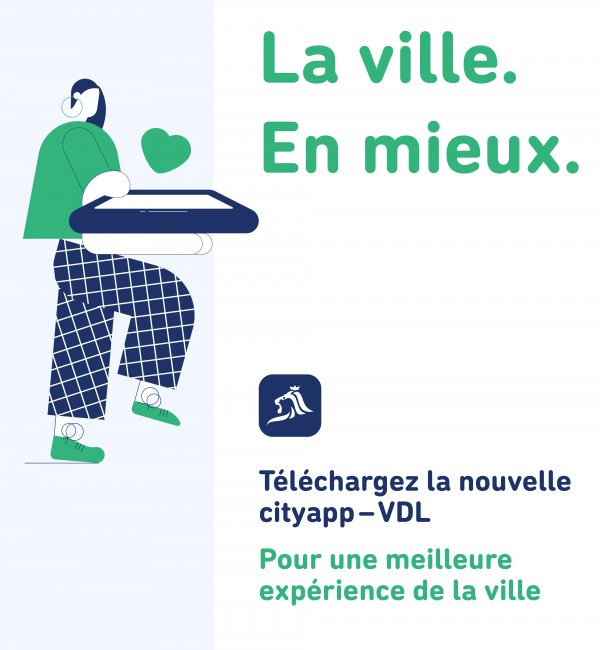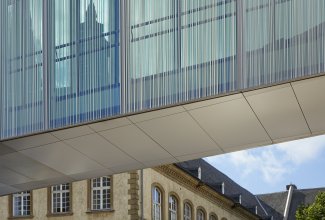Summary record
Video
Tram construction work
QUESTION BY MARC ANGEL
The Tram has been running with great success along Avenue John F Kennedy since 10 December. The work to extend the line toward Place de l'Etoile is making great progress.
According to a report broadcast on 27 January on RTL radio, two technical problems are causing some concern. One problem concerns the passage of the Tram above the Schuman underground car park. The second problem concerns the connection of the rails on either side of Pont Rouge, i.e., to the Kirchberg plateau and Limpertsberg.
According to the same report, studies costing €300,000 have been carried out to find a solution to these technical problems.
- What are the causes of these technical problems?
- What additional measures must be taken to overcome those problems?
- What is the additional cost for the City of Luxembourg?
- Who will pay the €300,000 for the studies?
- Will these problems cause delays in planning and executing the works?
Once the Tram reaches Place de l'Etoile, the work along Avenue Emile Reuter, Boulevard Royal and Avenue de la Liberté will begin.
- Will this section, connecting Place de l'Etoile and the Central Station, be laid in one or several phases?
- If it has been decided that the works will be carried out in several phases, can you apprise the Municipal Council and the advisory committees on transportation and urban and economic development of these different phases, the time frames, and the organisation of traffic during the works?
Concerning Avenue de la Liberté, it has been known for many years that a large portion of the underground infrastructure (pipes and various cables) are out of date, and that large-scale upgrade work is now necessary.
Previous colleges of aldermen made the wise decision to wait until the tram works had begun to avoid having to start work twice on this major thoroughfare in our capital city.
- When will the work on the underground infrastructure and the laying of the tram rails along Avenue de la Liberté begin, and how long will these works last?
- Are there plans for two-way bicycle lanes?
- Is it true that the trees along both sides of this avenue will be removed?
- If the answer to the previous question is yes, do the trees need to be cut down in order to lay the tram rails or to carry out the infrastructure work (pipelines and various cables)?
- Have all technical possibilities been examined to avoid having to cut down these trees?
- Would it be possible to save these trees by temporarily transplanting them and then replanting them when the work is completed?
- In addition to the City's technical departments, are there any other possible partners for the underground infrastructure work?
RESPONSE BY LYDIE POLFER
The Mayor replied that the press conference organised by the Minister of Sustainable Development and Infrastructures (Ministère du Développement Durable et des Infrastructures – MDDI) had been held over one month prior and that its purpose was to present to the public all the information regarding the complex project. All of the information should have been made available by mid-February.
Concerning the infrastructure work (networks) to be carried out in Avenue de la Liberté, the Municipal Council must vote on an estimate, and the works in Allée Scheffer, Avenue E. Reuter, etc. will be organised by LUXTRAM, which is coordinating the work through its engineering department.
Concerning the section running from Place de Metz to Place de Paris, and to Luxembourg Central Station, the City departments thought that it would be better to wait until all the construction plans were known before deciding on the best locations for the underground infrastructures. Naturally, the cost of the works on the water networks and pipelines will be borne by the City, and the Municipal Council must vote on the estimates. This had been planned for March, and the schedule has been adhered to.
The Municipal Council, at its meeting of 26 March 2018, should, in principal, receive estimates for the works in Avenue de la Liberté, but the final plans are still absent at this time. Moreover, these plans should specify where the trees will be located. The City, in collaboration with the MDDI, will try to come up with the best solution. As soon as the City obtains the final plans, they will be presented to the -Technical Committee and the Urban Development Committee at a joint committee meeting. The trees along Avenue de la Liberté will have to be removed because of the tram, since without the tram, the pipelines could have been laid in the middle of the road. It should be noted that when the tram is up and running along Avenue de la Liberté, there will be 2,200 fewer buses per day passing through, which will have a positive impact on the health of the new trees. The question as to whether the existing trees could be left in place during the construction works was examined, but the studies carried out showed that in these conditions the trees had a low chance of survival. It should also be borne in mind that the trees on Avenue de la Liberté were planted in the 1960s, and that they are inevitably approaching the end of their life cycle. Avenue de la Liberté will be redeveloped as a boulevard after the works are completed. UNESCO and the College of Aldermen of the City have issued statements in favour of replanting the same trees, which are approximately eight meters tall.
Concerning the construction work in progress near the Grand Théâtre, it is important to avoid vibrations in this location, but this has been known for a long time, and special measures must be taken, which is a challenge for LUXTRAM. The cost of the studies conducted for this purpose will be borne by Luxtram, and the studies have shown that the concrete slabs of the theatre car park will have be reinforced and covered with a layer of concrete and a coating to neutralise the vibrations. According to the schedule, by the end of June 2018 the tram will reach Place de l'Etoile, where work is currently in progress. There will be a bus/tram transfer station in this location. Discussions have been held with the MDDI and the Ministry of Transport concerning the works in Avenue E. Reuter, where the RGTR bus terminals are currently located and, when the time comes, these will have be relocated and the Commission de la mobilité (Transport Committee) will be duly informed.
Lighting of pedestrian crossings
QUESTION BY TOM KRIEPS
The issue of lighting at pedestrian crossings is back under discussion, following a number of recent accidents involving pedestrians and automobiles. These accidents occurred on pedestrian crossings and the police have asked pedestrians to wear brightly coloured clothing. It seems that, for the most part, the crossings in our city are poorly or badly lit. It had been declared that LED street lights were going to be installed in greater numbers, but I must observe that the contrary is true, which leads me to ask the following question:
- What is the policy of our City for making pedestrian crossings safer by, in particular, improving street lighting?
RESPONSE BY PATRICK GOLDSCHMIT
Alderman Goldschmidt replied that some answers concerning this subject have already been provided to the Municipal Council by Alderwoman Beissel. There are 1,454 pedestrian crossings in Luxembourg City, of which 450 are equipped with light signals. Two hundred crossings are managed in Kirchberg by the Kirchberg Urbanisation Fund. Approximately 900 crossings are not specially illuminated, but 200 of those were recently equipped with overhead lighting. There are no applicable regulations in this area.
Since 2014, a working group, composed of representatives from the Services Voirie, Eclairage public et Circulation (Roads, Public Lighting and Traffic Departments) has been examining how safety can be improved at the other 700 or so pedestrian crossings. In addition, they being taken into account as part of the infrastructure work. The appropriate department will make an on-site visit following any complaints made by local interest groups or individuals, to examine the situation and take appropriate steps if necessary. Generally speaking, pedestrians must always pay attention when crossing the street, regardless of the existence of traffic lights. Concerning night lighting, the City is making efforts to improve lighting wherever possible and a report will be prepared after one year.
Homeless people in cold weather
QUESTION BY TILLY METZ
Considering that:
- current cold weather temperatures are below -10/-15 °C;
- many homeless people suffer from mental illness and/or disorientation;
- the "Samu social", also known as the Inter-Actions "first-call service", only operates from 17:00 to 22:00;
- "Wanteraktioun" has reached its limits (cf. Madam Oxacley on 100.7 this morning at 8:00, on the program "Panorama");
- the night time emergency centres (in Eich and Rue Michel Rodange) have a total of only 20 places and are only open from 22:00 to 7:00 (and the two bistrots sociaux close at 19:00);
- that in 31 days "Wanteraktioun" ends, but the weather can stay cold and humid during the spring in Luxembourg;
- The "Stëmm vun der Strooss" has requested that a measure such as "Wanteraktioun" be maintained after 31 March (cf. Madam Oxacley on 100.7, this morning at 8:00, on the programme "Panorama").
I would like to ask the following questions:
- Are there any plans to introduce additional special measures during periods of very cold weather?
- Do homeless people receive adequate support to combat the cold, especially at night, and if so, are they directed to emergency shelters in a timely manner?
- Shouldn't steps be taken to provide other emergency housing/shelters in the city centre – even if these are temporary and mobile – to protect people against "arctic" cold?
- Shouldn't steps be taken to provide an ambulatory service – as is the case in other cities – that patrols the street of the city after 22:00 to provide assistance to homeless people?
- Shouldn't an initiative such as "Wanteraktioun" be maintained beyond 31 March?
RESPONSE BY ISABEL WISELER
Alderwoman Wiseler replied that in Luxembourg both the competent ministry, as well as many associations and organisations, are working to address the issues mentioned. "Wanteraktioun" was put in place for the cold season, in particular. This is an emergency humanitarian initiative without identity checks. There are a sufficient number of places available and no one has been turned away. The organisation "Abrigado" also confirmed that it had a sufficient number of places and that there was good cooperation between all departments involved. Certain homeless people want to remain in the street. These individuals are given sleeping bags and blankets. Both street workers and the police regularly approach these people to try to convince them to go to a shelter, but it is not possible to force these people to move. There is a sense of solidarity among this group of people. For example, a homeless person recently went to the "Parachute" to report that one of their friends was missing. The police then searched for and found the missing person who, given their state of health, was taken to the hospital. "Wanteraktioun" will be extended as needed, if justified by low temperatures.
The Mayor emphasised that no one has to spend the night out-of-doors, but those who do are closely monitored. Of the 200 beds available, 120 were occupied over the last week-end, which was very cold, and this shows that the available capacity is adequate. It should be noted that the daytime shelters are also visited by people who have accommodation, but who are lonely and only seek contact with other people.
Cessange Foyer Scolaire
QUESTION BY SAM TANSON
Members of the Municipal Council were contacted by a parent of a student, who informed them that the Cessange childcare centre was not suitable for children in early education (and, according to him, preschool children). Since the centre lacks adequate space and furniture, the children do not have, for example, a separate room for naps or resting, which at that age is extremely important. The children also have to sit on chairs and tables that are too big for their age, which means that they must kneel on the chairs to eat.
In a response issued on the same day, the operating manager of the Service Foyers scolaires (Childcare Department) explained that the furniture issue only existed for children in early education, and that the supervising staff takes the necessary safety measures. Adequate furniture can be found in the rooms of the new centre in Rue Verte, which should have opened on 19 February of this year. Concerning the question of the separation of the nap room and the play room for children in the early education system, the manager explained that it would be possible to partition the large room used by the children and provide separate lighting.
In light of the foregoing, I would like to ask the following questions:
- Reading the email message from the above-mentioned person in charge, the child care centre for early education children has not yet been installed in the premises in Rue Verte since final approval has not yet been given by the Inspectorate of Labour and Mines (ITM). Has the College of Aldermen contacted the ITM to obtain approval in the near future? How long will it take for the approval to be granted?
- If no time frame has been set, why is it not possible to move the furniture suitable for the children in question just a few hundred meters to provide for their well-being?
- In general, shouldn't we contact the ITM directly, given that in many cases approvals for child care centres are long in coming? Such delays are detrimental to the children in question, who either cannot be placed in a childcare centre due to a lack of places, or who cannot receive the best conditions possible? In the specific case of Cessange, the parents were already informed in November that "delays had occurred in the technical inspections".
- The parents also report that in the school yard there are still no toys for young children. When will this situation be remedied?
RESPONSE BY COLETTE MART
Alderwoman Mart replied that it is true that the new child care centre for Cycle 1 children in the mobile unit located in Rue Verte is still closed, even though it was supposed to open on 19 February. However, all children, including those in early education, were received in the Cessange centre. Pending the opening of the child care centre in Rue Verte, the Cycle 1 children were placed in two sites: 45 children were placed in the mobile structure in Rue St. Joseph, and some Cycle 1 children, as well as 24 early education children, were placed in the main building of the Cessange centre.
The furniture for the children in the new centre in Rue Verte is already available, but it has not yet been moved since the opening date of the new centre is unknown, but it was thought that it would be open by 19 February. The early education children have furniture that is considered a temporary solution, and to compensate for the tables that are too high for their age, adjustable-height chairs have been provided that enable the children to place their feet on the platform designed for that purpose.
The room can be divided in two using a moveable partition to create separate areas for playing and napping. Lights can be dimmed in the nap room and, at a given time, the children can lie down to nap. Given that not all children are able to sleep, a low-energy activity is offered. Some children may wake up and may want to get up, which could lead to a situation such as the one described by a father in his letter. In principle, early education children have two areas available, one for playing and one for napping. There are tables in one of the rooms, and the other can be used for napping and for playing.
The College of Aldermen has already taken steps in regard to the delayed opening of the centre in Rue Verte – in particular for the summer holidays – in anticipation of the opening of the centres by the start of the school year.
Since 2013, the rules for opening a maison relais (out-of-school-hours care centres) are very strict. For example, certain reports are required in order to obtain the approval to operate. The Ministry of Education has delegated all hygiene-, health-, and safety-related matters to the Ministry of Health and the ITM. The ITM must check the procedure applicable to classified establishments that the City has entrusted to a private consulting firm. A final report on the technical equipment and building safety is required. This report is prepared by Luxcontrol and must be approved by the ITM. In this case, the final report is still not available, and the report on anti-lightening measures is only expected on 8 March. The centre is expected to open around Easter, although no specific date has been planned.
Concerning the children's toys in the school yard, a plan has been prepared and items have been ordered. The youngest children will also be able to use the school yard as of the start of the 2018 term. Moreover, plans have been made to move the chairs and tables from the centre in Rue Verte pending the opening of the new centre. I have personally visited the site to examine the situation at the Cessange centre. It was not easy for the educators to quickly adapt to the new situation arising from the fact that the centre for the Cycle 1 children was not operational at the start of the school year. It was, however, still possible for them to accept all the children who had been enrolled. The new centre will provide the children with modern facilities, and visits by the children's committee can be organised.
Generally speaking, it must be accepted that there are delays at several sites, such as the Demy Schlechter and Cessange centres, but considerable investments have been made across the city to meet the demand for these centres. With the opening of the new establishment near the Demy Schlechter school, as well as the one in Rue Verte, the City has made notable progress in this area.















